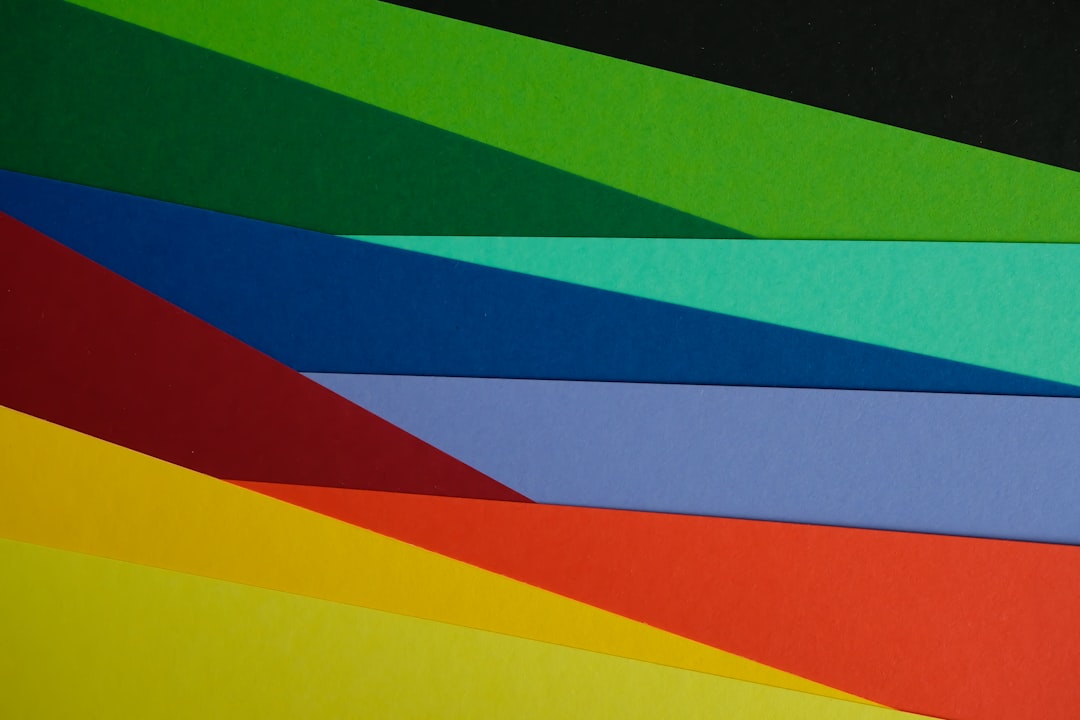Canva has become a go-to tool for creatives, marketers, and entrepreneurs who are looking for an accessible yet powerful design platform. One of Canva’s strongest assets is its extensive array of artwork templates that can enhance your designs, whether you’re creating social media graphics, presentations, marketing collateral, or personal projects. However, simply using a template isn’t enough — leveraging them effectively is what truly elevates the quality and impact of your work. Below are the top seven tips for using Canva artwork templates to unlock their full creative potential.
1. Understand the Purpose of Your Design
Before diving into Canva’s template library, take a moment to clearly define the goal of your design. Are you aiming to inform, persuade, or entertain? Knowing your objective helps you choose a template that’s best suited for the message you want to convey. Canva offers templates categorized by use cases such as infographics, social banners, event posters, and more. Picking the right type drastically reduces the amount of customization required and ensures you’re starting from an optimal base.
Pro Tip: Always keep your audience in mind. A style that resonates with teenagers might not appeal to corporate stakeholders.
2. Choose a Template That Matches Your Brand Aesthetic
Consistency is key to brand identity. Canva allows you to maintain this through its branding features — such as uploading your own fonts, colors, and logos. When browsing templates, select those that either align with your brand’s look and feel or require minimal adjustments to match.
For example, if your brand uses a minimalist design, look for templates that are clean, feature ample white space, and prioritize typography over graphics. Clashing visual styles can confuse viewers and dilute your brand’s impact.

Pro Tip: If you haven’t already, consider creating a brand kit in Canva. This allows for seamless integration of your colors, fonts, and logos across all templates.
3. Customize Thoughtfully — Don’t Overdo It
While the temptation to make multiple changes might be strong, especially if you’re creatively inclined, it’s important not to deviate too far from the structure and balance of the original template. These designs are created by professionals who understand composition, alignment, and color theory.
Focus your customization efforts on elements that personalize the piece, such as:
- Incorporating your own images or illustrations
- Modifying the text to suit the content
- Adjusting colors to match your brand or message
But avoid excessive alterations unless you’re confident in your design skills. Over-customization can quickly transform a sleek, effective layout into something cluttered or confusing.
4. Use High-Quality Visuals
Even the best template can’t compensate for poor imagery. Make sure any photographs or illustrations you upload are high-resolution and relevant to your content. Canva offers a wide range of free and premium stock images, but you can also upload your own assets for a more personalized design.
High-quality visuals are especially crucial for print designs. A pixelated or poorly cropped image can undermine the professionalism of your entire project. Use Canva’s built-in guides and snap-to-grid features to ensure precise placement and alignment.

Pro Tip: Use Canva’s photo filters and adjust settings like brightness and saturation to maintain visual consistency across multiple images.
5. Leverage Canva’s Advanced Features
Many users stick to the basics when using Canva, but the platform offers advanced features that can take your use of templates to the next level. These include:
- Animation: Animate elements or entire slides for presentations or social media posts.
- Layers: Move elements forward or backward to create a more dynamic layout.
- Grids and Frames: Drag and drop images into pre-sized shapes for uniformity.
- Content Planner: Schedule your designs for publication on social platforms directly from Canva.
Learning and using these tools effectively can transform a basic template into something that looks tailor-made for your specific needs.
6. Maintain Text Hierarchy and Readability
Typography plays a major role in visual communication. A good template already comes with text arranged in a way that guides the reader’s eye and prioritizes information. When modifying the template, preserve this hierarchy to maintain clarity and focus.
Here are some typography rules to keep in mind:
- Use no more than three typefaces: typically one for headings, one for body text, and one for accents.
- Pay attention to alignment: Consistent alignment helps users scan text easily.
- Contrast is crucial: Make sure the text color contrasts well with the background for legibility.
Pro Tip: Avoid using decorative fonts for body text. Keep it simple and readable.
7. Test, Review, and Gather Feedback
Once your design customization is complete, take time to review it thoroughly before publishing or printing. Use the zoom function to check for misalignment, typos, or pixelation. If possible, gather feedback from colleagues or collaborators — a fresh set of eyes can offer valuable insights that you may have missed.
Canva allows for easy sharing via a link where collaborators can comment directly on design elements. Use this feature to foster a culture of iteration and improvement.
Pro Tip: Download a draft version and view it on different devices to ensure it maintains its integrity across screen sizes.
Final Thoughts
Canva’s artwork templates are more than just aesthetic blueprints; they are strategic tools designed to make your creative projects more effective and visually compelling. By thoughtfully selecting templates, customizing wisely, maintaining brand integrity, and utilizing Canva’s advanced features, you can consistently produce professional-level content with ease.
Whether you’re a seasoned designer or just starting out, these tips will help you make the most of Canva’s powerful ecosystem, saving you time and ensuring that each project you create not only looks great but also achieves its intended impact.
